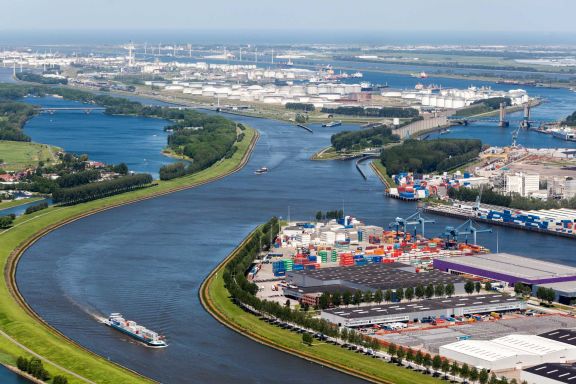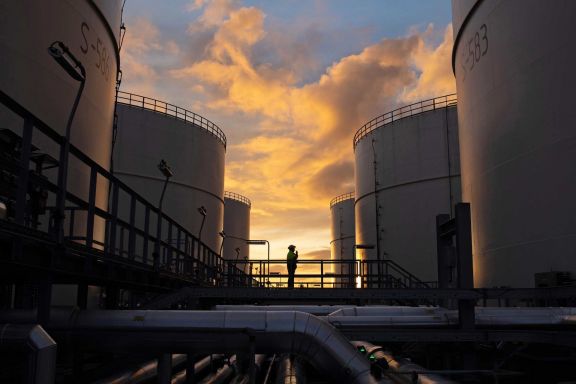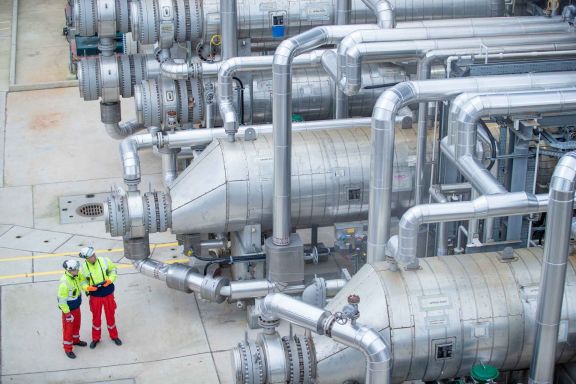The Paris Climate Agreement
The Paris Climate Agreement was signed in 2016. The aim was to limit global warming to no more than 2°C, with 1.5 degrees as the target. The Netherlands formulated this target as a 49% reduction of greenhouse gases by 2030. The European Union’s initial target was a minimum 40% reduction in carbon emissions by 2030, but it is now aiming for a 55% reduction compared with 1990 levels. This is ambitious, but necessary to protect the world from the effects of climate change.
Haste is required
Time is short and the introduction and implementation of new technological solutions is a long process. H-vision gives us the opportunity to reduce carbon emissions significantly before 2030, without using the still-limited green power available and without further burdening the electricity grid. That is good news. It will allow us to actually make the contribution needed to achieve the climate goals.
H-vision’s solution for major, fast, reductions in carbon emissions
With H-vision, we can achieve large cuts in carbon emissions quickly by using residual gases from industry. Residual gases are a by-product of the industrial process and they play a major role in generating heat in industrial processes. There is generally no other useful application. At refineries, but also at chemical plants, residual gases – aka refinery gases – are now used directly to generate heat at high temperatures. During that process, the CO2 from the residual gases is released into the atmosphere. Producing low-carbon hydrogen from these residual gases first and then using this hydrogen to generate high-temperature heat in refineries and chemical plants makes it possible to achieve major reductions in carbon emissions.
The entire process
At present, the high temperatures required for refining and chemicals production are commonly generated in industrial furnaces, where by-product process gases such as refinery gas or cracker gas are burned. This generates large amounts of CO2 and is usually the largest contributor to a site’s emissions. The H-vision concept involves converting these hydrocarbon process gasesat large scale into hydrogen, using a process based on proven technology. This is then followed by burning the hydrogen directly in the existing furnaces, which itself generates very little CO2. As the CO2 produced during the decarbonisation process will be captured and stored in depleted gas fields under the North Sea, this process eliminates the vast majority of furnace CO2 emissions.
A proven technology and few suitable alternatives
H-vision hydrogen is based on proven technology and it does not depend on the production of sustainable electricity. Suitable alternatives are scarce. Electrification cannot be used to generate such high temperatures.



